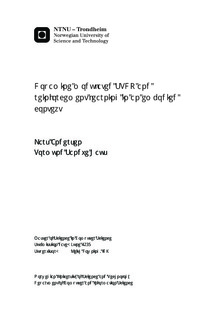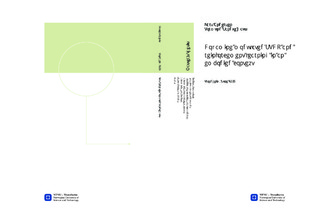| dc.contributor.advisor | Downing, Keith | nb_NO |
| dc.contributor.author | Andersen, Lars | nb_NO |
| dc.contributor.author | Haus, Tormund Sandve | nb_NO |
| dc.date.accessioned | 2014-12-19T13:40:18Z | |
| dc.date.available | 2014-12-19T13:40:18Z | |
| dc.date.created | 2013-10-12 | nb_NO |
| dc.date.issued | 2013 | nb_NO |
| dc.identifier | 655640 | nb_NO |
| dc.identifier | ntnudaim:9242 | nb_NO |
| dc.identifier.uri | http://hdl.handle.net/11250/253403 | |
| dc.description.abstract | In recent years artificial neural networks have become increasing popular. New methods and ever increasing computational resources are turning second generation artificial neural networks into powerful tools. Most of the work done with second generation artificial neuron networks do, however, at one point or another involve a phase of supervised learning. Supervised learning methods are inherently limited by the need for labeled training examples. One way of solving this scaling problem is to rely on reinforcement learning, which is a form of unsupervised learning. The more biologically plausible third generation of artificial neural networks have recently been shown capable of tackling the distal reward problem that is at the core of reinforcement learning. Using dopamine modulated spike-timing-dependent plasticity in a spiking neural network, we successfully demonstrate classical conditioning, instrumental conditioning, extinction and second order conditioning in an embodied context. | nb_NO |
| dc.language | eng | nb_NO |
| dc.publisher | Institutt for datateknikk og informasjonsvitenskap | nb_NO |
| dc.title | Dopamine modulated STDP and reinforcement learning in an embodied context | nb_NO |
| dc.type | Master thesis | nb_NO |
| dc.source.pagenumber | 87 | nb_NO |
| dc.contributor.department | Norges teknisk-naturvitenskapelige universitet, Fakultet for informasjonsteknologi, matematikk og elektroteknikk, Institutt for datateknikk og informasjonsvitenskap | nb_NO |

